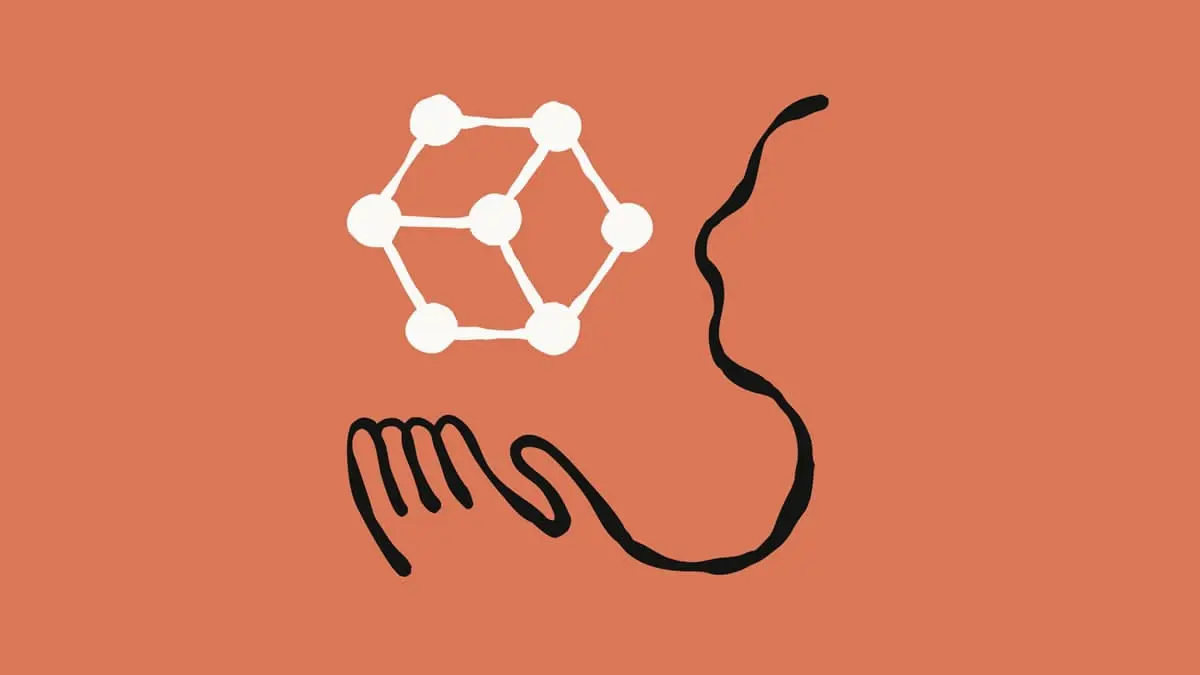Have you ever stared at a bunch of messy data and thought, “Where do I even begin with Python statistics tools?” Or maybe you’ve spent hours trying to figure out why your model isn’t performing the way you expected?
You are not alone.
Statistics is the key ingredient behind every successful data science project. And if you’re using Python in 2025, which most data scientists still do, you need the right tools to understand it all.
So, what are the actual go-to tools that real data scientists are using today?
Let’s take a look at seven powerful Python statistics tools that have stood the test of time and continue to shape the work of professionals worldwide.
Previous Article: 7 Powerful Python Web Frameworks for Every Developer (Beginner to Pro)
Why Do Statistical Tools Matter So Much?
Before diving into the tools, let’s step back for a moment.
Have you ever tried to build a machine learning model without first understanding the data?
That’s like trying to cook a meal without tasting the ingredients.
Statistics helps you explore your data, test ideas, and make sure the patterns you’re seeing are real, not just noise. Whether you’re predicting customer behavior, analyzing financial trends, or cleaning up survey results, statistics give your work meaning.
The 7 Python Tools You Should Know
These tools are not just “nice-to-have,” they’re the bread and butter of modern data science. Let’s break them down.
1. Pandas
Best for: Data manipulation, cleaning, and summaries
Pandas is the first tool most data scientists open when starting a new project. Here’s why:
- Easy to load and clean messy data (CSV, Excel, JSON, etc.)
- Fast summarize data with .describe(), .mean(), .groupby() as well as more
- Filter, sort, and reshape data effortlessly
- Great for handling missing values and duplicates
- Still being improved now faster in 2025 with better memory usage
2. NumPy
Best for: Fast numerical operations
NumPy handles mathematical operations on large datasets with ease.
- Efficient array and matrix computations
- Includes basic statistics like mean, median, std, var
- Works flawlessly with Pandas, SciPy, as well as other libraries
- Much faster than standard Python lists or loops
- Ideal for any number-crunching tasks
3. SciPy
Best for: Statistical tests and scientific computing
If you’re doing anything analytical, SciPy is essential.
- Run t-tests, ANOVA, chi-square, and more
- Access to probability distributions (normal, binomial, Poisson, etc.)
- Useful for hypothesis testing and statistical modeling
- Perfect for scientific or academic projects
- Simple functions but compelling results
4. Statsmodels
Best for: Classical statistics and regression analysis
When you want to understand your model, not just get predictions, use Statsmodels.
- Run linear regression, logistic regression, and time series models
- View detailed summaries with p-values and confidence intervals
- Easily run ANOVA, correlation tests, and more
- Ideal for reports and presentations that need statistical depth
- Trusted by economists, academics, and data analysts
5. Scikit-Learn
Best for: Model building and evaluation
This is Python’s most popular machine learning library, but it’s also excellent for statistics.
- Split data into training/testing sets with train_test_split()
- Perform cross-validation to test model accuracy
- Scale and normalize data for better performance
- Use metrics like accuracy, precision, recall, and F1-score
- Supports feature selection and dimensionality reduction
6. PyMC
Best for: Bayesian statistics and probabilistic modeling
Sometimes you don’t just want answers, you want confidence in your answers. That’s where PyMC comes in.
- Create probabilistic models using Bayesian methods
- Model uncertainty and risk, not just outcomes
- Best for forecasting, simulations, as well as complex systems
- Often used in finance, medicine, and research
- PyMC 5 is more powerful as well as user-friendly than ever
7. Seaborn
Best for: Beautiful and informative data visualizations
When raw numbers aren’t enough, Seaborn helps you visualize your data.
- Easily plot histograms, scatter plots, box plots, heatmaps, and more
- Built on top of Matplotlib but with simpler syntax
- Automatically includes statistical elements (like regression lines)
- Perfect for EDA (exploratory data analysis)
- Helps communicate insights visually to clients or stakeholders
How These Tools Work Together
Think about this:
You get a raw dataset from a client in the UK. It’s full of missing values, weird column names, and strange formats.
What do you do?
- You clean and reshape it with Pandas
- Calculate summary stats with NumPy
- Test your hypothesis with SciPy
- Fit a linear model using Statsmodels
- Split and evaluate using scikit-learn
- Visualize the results with Seaborn
- And model uncertainty using PyMC
These tools don’t compete; they complement each other.
What’s New in 2025?
As of 2025, we’re seeing:
- Additional integration between Python tools as well as cloud platforms
- Faster computations with GPU support
- Better visual outputs directly in Jupyter notebooks
- And growing demand for Bayesian methods in business use cases
If you’re not updating your skillset with these tools, you’re missing out on what employers and teams are using.
Python Statistics Tools: Final Thoughts
You do not need to master all these tools immediately. But if you’re serious about growing as a data scientist, learning how to use them effectively will put you ahead of the game. So the next time you’re working with a messy dataset, trying to choose the right statistical test, or wondering how to explain your model results, come back to this list. Real data scientists are using these tools in 2025. And now, so can you.






